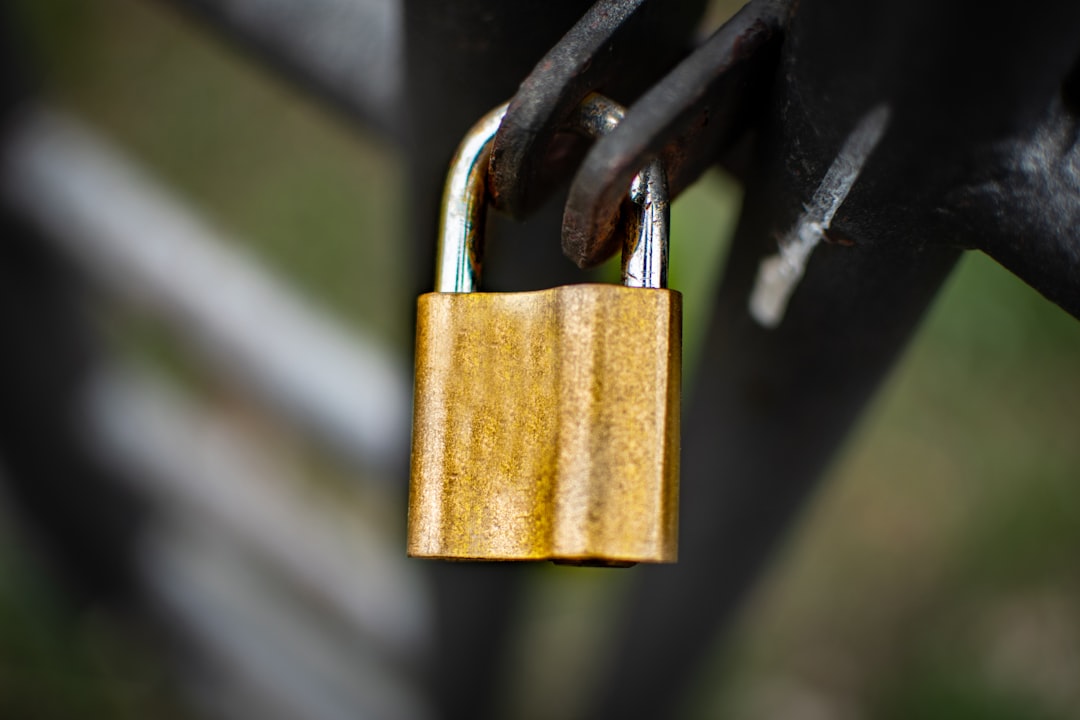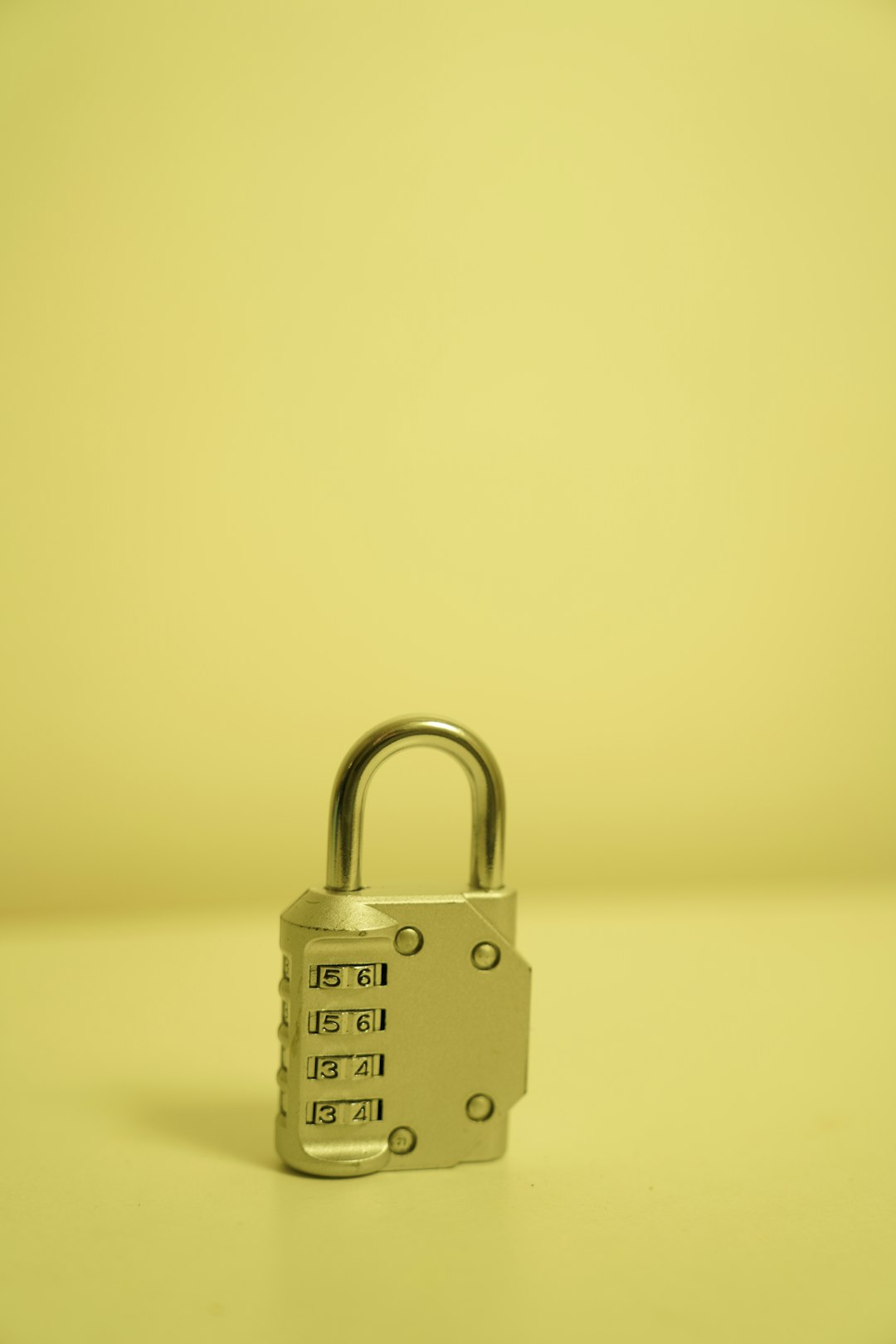Connecting to Wi-Fi is something we all do every day. Whether it’s at home, at a coffee shop, or at work, we need a password to get online. You may have heard the term “WPA2 password” before, especially when setting up a router or logging in to a new network. But what is it exactly? Let’s break it down in a fun and simple way!
Contents of Post
What does WPA2 mean?
WPA2 stands for Wi-Fi Protected Access 2. It’s a security method used to protect wireless networks. Basically, it makes sure that people can’t just hop onto your Wi-Fi without permission.
Think of it like a lock on your front door, but for your internet connection. Only people with the correct “key” (your password) can come in.
WPA2 has been the standard for wireless security since 2004. It’s still widely used today, although newer versions like WPA3 are starting to appear.
Why is a WPA2 password important?
Without a WPA2 password, your internet connection is open for anyone to access. That means:
- Strangers could use your internet — slowing down your connection.
- Hackers might snoop on what you’re doing online.
- People could access your shared files or devices.
Yikes! That’s why setting a strong WPA2 password is super important. It keeps your data safe and your connection private.

Where do you find the WPA2 password?
Great question! Here are the most common places to find your WPA2 password:
- Your router: Check the sticker on the side or bottom. It’s often labeled as “Wi-Fi Key” or “Network Password.”
- Your network settings: On your computer or phone, you can check saved networks for the password.
- Your Internet Service Provider (ISP): If they set up your router, the info might be in the welcome materials.
Can you change your WPA2 password?
Absolutely! And you should if you’re using the default password or think someone else knows it. Here’s a simple idea of how you can change it:
- Open a browser and type in your router’s IP address (usually 192.168.0.1 or 192.168.1.1).
- Log in with your router admin credentials.
- Find the Wi-Fi settings.
- Look for the WLAN/Wi-Fi security settings section.
- Change the password labeled as “WPA2” or “Security Key.”
- Save and reboot the router.
Be sure to reconnect your devices using the new password afterward!
Choosing a strong WPA2 password
Creating a strong password doesn’t have to be hard. Just follow these tips:
- Use at least 12 characters.
- Mix it up — use letters, numbers, and symbols.
- No personal info like your name or birthdate.
- Avoid dictionary words and common phrases.
Here are some strong examples:
- nZ4#7pqL!d9w
- Sun$etR!ver28
- G0ldF1sh*Runz
And some not-so-great ones:
- 12345678
- password
- janeswifi
Remember, a weak password is like leaving your door unlocked!

WPA2 vs WPA3: What’s the difference?
You might wonder, “What about WPA3? Is mine outdated?” Don’t worry. WPA2 is still very secure if you use a strong password. But just for fun, let’s compare:
| Feature | WPA2 | WPA3 |
|---|---|---|
| Introduced | 2004 | 2018 |
| Security | High (with strong password) | Even higher |
| Ease of Use | Good | Better — easier to connect smart devices |
| Availability | Most routers support it | Newer routers only |
If you get a new router, go for WPA3. But WPA2 still does the job well for now.
Common problems with WPA2 passwords
Sometimes, connecting to Wi-Fi isn’t so smooth. Here are a few issues and quick fixes:
- Wrong password? Double-check your caps lock and type slowly.
- Password changed? Reconnect from your device by forgetting the old network and entering the new password.
- Router glitch? Reboot the router and try again.
- Device bug? Restart your phone or computer.
Still not working? You might need to reset your router. Look for the tiny reset button!
Final thoughts
Now you know all about the WPA2 password. It’s the secret handshake that keeps your Wi-Fi safe and sound. To recap:
- WPA2 is your Wi-Fi shield.
- You need a strong password to stay safe.
- You can change it anytime in your router settings.
Your safety online starts right at the router. Secure your connection, lock that digital door, and surf the web worry-free!
Now go ahead—change that weak password, impress your friends with your tech skills, and protect your Wi-Fi like a boss!

